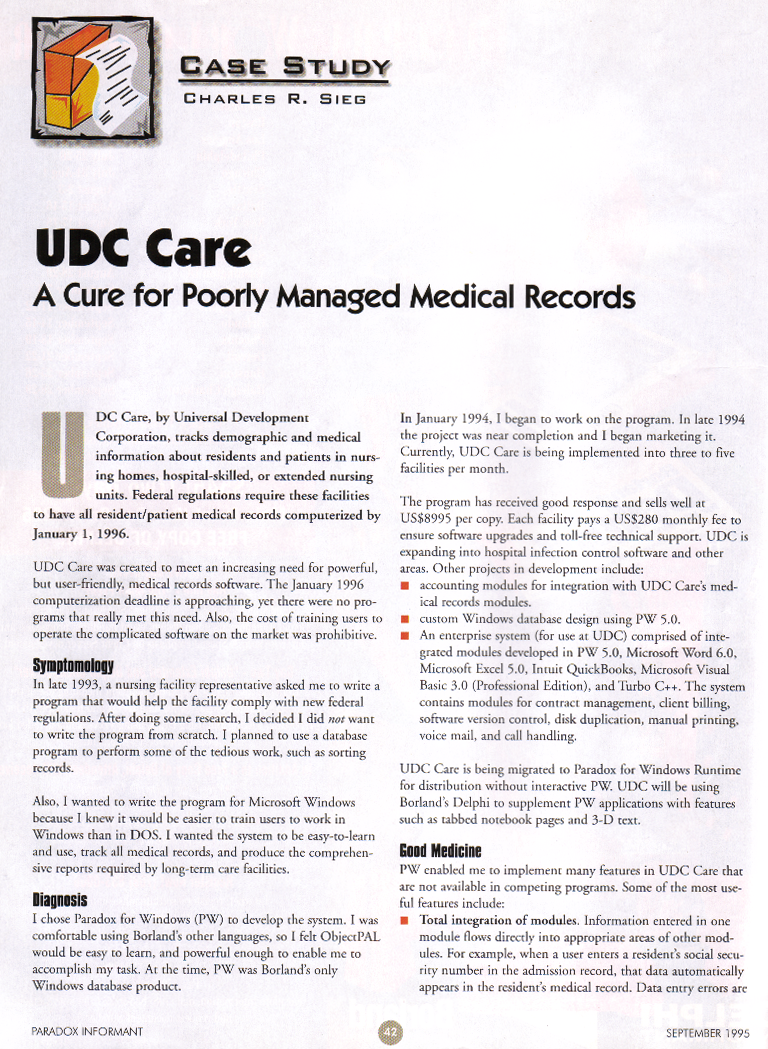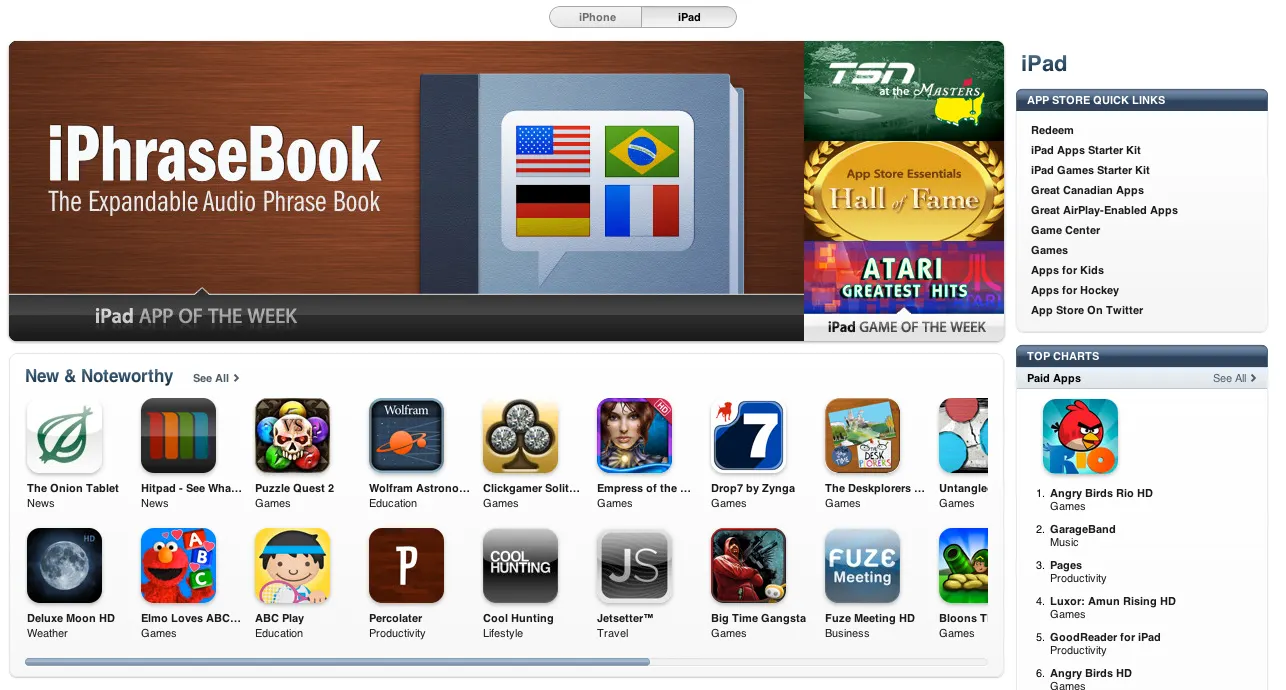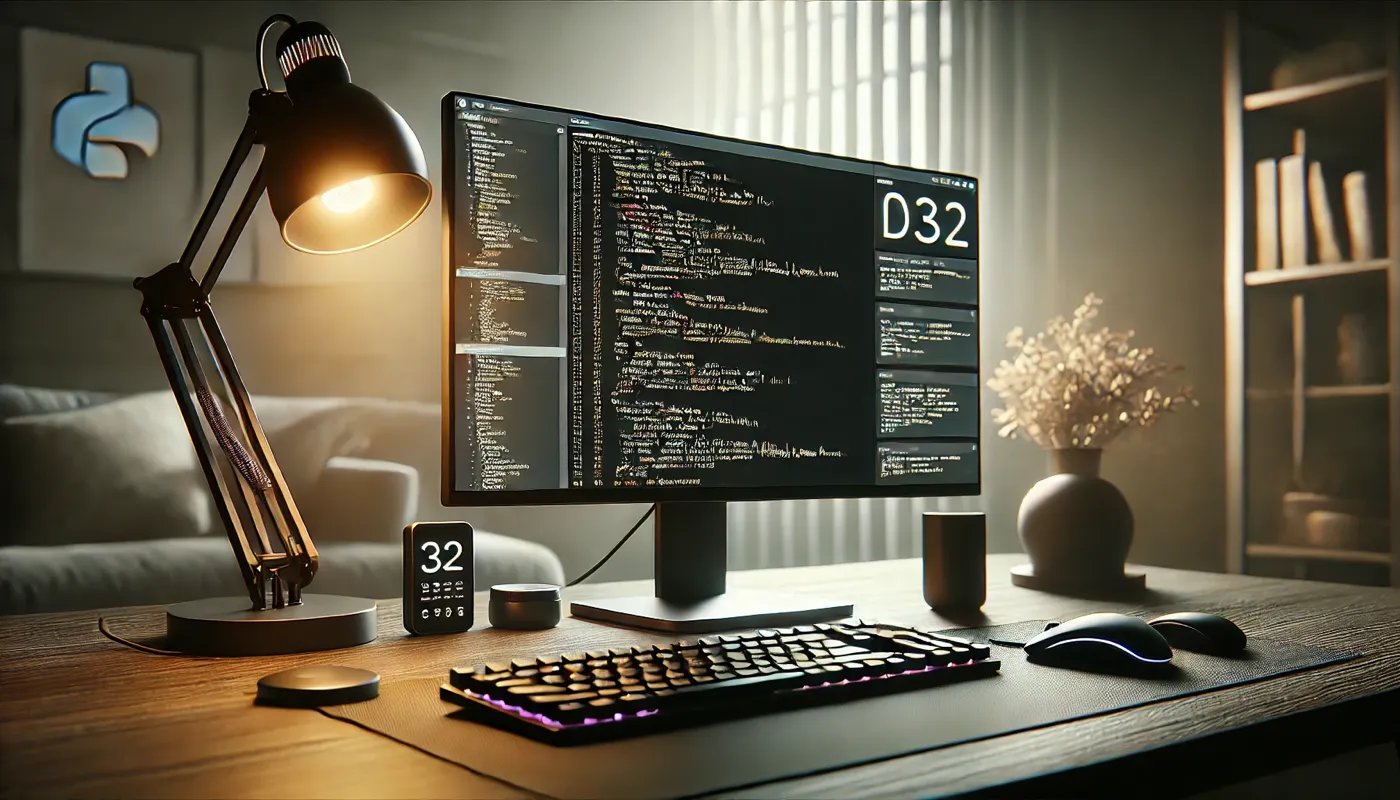Recently, I failed one, probably two, maybe even three, live coding exercises. The exercises were part of a series of interviews for a role at a startup that makes products and services I'm passionate about. I've written a different article about my thoughts on the value of live coding exercises but wanted to take this opportunity to narrate my lifetime of experience writing computer code. I don't expect this article to be of any interest to anyone, save perhaps a future interviewer, in which case I hope this lends some credence to the statement "I know how to code."
TDLR: I have been writing code my whole life. Since 2000, I have averaged 3,000 billable hours per year, professionally engaged as a programmer or architect. I write at least some code almost every day. As of this writing, I have well over 75,000 hours of experience in almost a dozen programming languages.
This article was first posted in my Remote Technologist publication on Medium on March, 7th, 2025.
I started writing code — BASIC — when I was 9 years old, on a TI-994/A computer, connected to my family's television. I wrote games, simulations, and programs that played music. In those days, computer programs were saved to cassette tape, if you can imagine that.
I moved to PCs shortly thereafter — an early Compaq luggable, in fact — and wrote a text-based adventure game — think Zork — when I was 10.
In junior high, I switched to the Commodore 64 and first wrote in BASIC and then taught myself 6502 assembler so I could bootstrap other programs written in assembler, one of which was a WarGames autodialer that interacted with a 300 baud modem to find phone numbers running BBS systems.
During this time I wrote my first published magazine article for Compute's Gazette, describing the bootstrap program.
In high school I got a Commodore Amiga and proceeded to learn C) and Motorola 68000 assembler. I wrote programs almost exclusively in assembler during high school including one that allowed me to model complex 3D objects and animate them onscreen WITHOUT an FPU, meaning that trigonometric functions had to be done with integers and mantissas. I spent weeks in Milner Library, the library of Illinois State University, researching how to do floating point math with mantissas.
My senior year I joined the JETS team and represented U-High in computer science. There's a longer story here but the result is that I won the National Champion Medal in 1991 for computer science, besting thousands of other students.
In college, I wrote code in PL/1, COBOL, Fortran, Pascal, C, Java, and x86 assembler. As an Honor's Student, I was able to take graduate-level courses for my undergraduate electives and delivered cutting-edge keystone projects, including a very early AI that could solve 3-dimensional mazes — think a stack of normal 2D mazes connected by stairs.
Out of my college internship, I started my first company and wrote a medical records program for nursing homes. The program consisted of over 100,000 lines of ObjectPascal code and was the first of its kind to run on Microsoft Windows. An article showcasing this program was published in Paradox Informant magazine:

As part of the medical records program, I wrote an ActiveX control using Borland Delphi). Consisting of approximately 40,000 lines of code, it was a self-contained WYSIWYG word processing component with most of the features of Microsoft Word at the time, including full table support. (Bill Gates is quoted in the biography Hard Drive as saying that adding tables to Word was the most difficult technical problem he ever faced — I don't disagree.) The ActiveX control was then turned into a product itself and found its way into software used in every Fortune 500 company at the time. During the development of this control, I worked 90–100 hours a week for almost 10 months.
In 2000, I taught myself C#) and participated in the Beta release of v1.0 of the .NET Framework. I built many ASP.NET web applications and services for clients in the insurance and finance industries. During this time, I earned almost all of the available Microsoft certifications, including the MCSD, MCDBA, and MCSE.
In 2007, I bought my first MacBook. I had been a Windows guy for years but had always appreciated Apple's focus on the user interface and experience. I was able to justify the purchase because of Apple's release of Boot Camp), a feature in new Macs enabling a partition of the hard drive to be allocated for Windows and to choose whether to boot up in Windows — which I did for client work — or boot into macOS — which I did for personal use.
In 2008, Steve Jobs announced the App Store and I decided to write a foreign language education app. At the time, I had never written a line of code for the Mac or the iPhone. During that spring, I taught myself Objective-C and built AccelaStudy, the first foreign language app to be sold in the App Store. AccelaStudy has been seen on CNN and was shown in use in TV commercials introducing the iPad in China. It has been in the App Store continuously for almost 17 years and has been installed over 15,000,000 times.
In 2010, I created iPhraseBook, the expandable phrasebook app using content licensed from HarperCollins. Apple selected iPhraseBook as their iPad App of the Week and iPhraseBook became the Top Grossing travel app in the App Store.

I consider this the best application I ever wrote for iOS, at least in terms of performance, polish, and overall customer reception. I wrote all of the code, designed all of the graphics in Adobe PhotoShop, and even created the app trailer in Adobe AfterEffects:
In 2012, I built the iOS application for Michael Rowley's KanjiPictoGraphix for iPhone and iPad. I wrote all the code, did all of the animations, and created the intro video:
In 2016, after several dissatisfying attempts to use various PaaS services as the backend for AccelaStudy (Firebase, before it was bought by Google, was the last one), I decided to write a backend from scratch. Over 4 months, I wrote the Renkara Sync Engine in Node.js, which has reliably powered the real-time, multi-master replication that the AccelaStudy applications depend on.
I also decided it was time for AccelaStudy to be ported over to the modern language for iOS development: Swift. Once again, I taught myself another programming language and proceeded to port the many thousands of lines of AccelaStudy to Swift. I now write iOS applications exclusively in Swift.
In more recent years, my programming focus has been on Golang and Python. For responsive, server-side code, I use Golang. For applications requiring AWS SDK interaction, or machine learning and AI features, I use Python.
I have written several massive codebases in Python, including a recent client application for scanning an AWS Organization and creating an inventory of all AWS resources. The inventory can then be used for rule and policy compliance analysis and, in some cases, automatic remediation of noncompliant resources.
I started my consulting practice in 2000. Since then, I've averaged 3,000 billable hours a year. As of this writing in 2025, I've put in well over 75,000 hours in just consulting work alone. That doesn't even count the many thousands of hours writing assembler code, writing the medical records program, or writing the word processor component.
Unfortunately, almost all of my coding has been in private, for commercial pursuits or under the NDAs of clients. I don't have code repositories in Github to point to and I've never had time to contribute to open source projects.
That said, I have a strong history of successfully bringing products and services to market — mostly ones for which I have written every line of code. You would think that would be enough to give someone confidence that maybe I know what I'm doing.
